
We are on a mission to complete as many tasks as possible before departing for South Africa in 12 days. This included completing our tax prep, which I forwarded to our accountant in Las Vegas today. Our mailing service will snail mail the tax documents to him today. No doubt, our taxes will be filed within a week, and this task will be entirely out of the way after we pay whatever tax sums we owe for this year.
I always dread doing tax prep but knew the sooner I got it done, the better, leaving my mind free of procrastinating. I am generally not a procrastinator, but “paperwork” such as this can send me on a tailspin.
Also, we found a home for the wheelchair I no longer need. The front desk staff at the Viera condo building said they could easily use it for disabled guests arriving for a visit. After checking, Goodwill had so many wheelchairs that they didn’t need more, nor would they be willing to pick one up.
We’ll have a few more loads of laundry before departing, after which we can pack. We will save that task for next week when we leave on Saturday. If we had to pack in a hurry, we could get it all done in about two hours. We’re thrilled to have so much in order already.
I placed our final grocery order for $150 this morning, which will get us through this week and next. We’ll be dining out this Thursday and Friday and thus have only six dinners to make using what we’ll have on hand, considering I have designated meals for the balance of this week. The night before we depart, we dine out in the Village if all the meat in the freezer is gone. Otherwise, we’ll make one last dinner.
Today is an easy day. Soon, I’ll start chopping and dicing for dinner, after which I’ll do my daily exercises. I am pleased to have committed to doing these daily with little need for added motivation. I can go downstairs more easily since the workouts have improved my knee flexibility. This alone is sufficient motivation. Yes, walking long distances is still challenging, but shorter distances are a breeze compared to what they were only months ago.
We have been in the US since December 2023 when we returned for medical care. Now, 15 months later, we are anxious to be on the move once more. It will be fun to rerun in June for Maisie’s graduation and to see everyone once again. However, when we leave, we won’t return until June 2026 for Miles’ graduation. From there, only time and good health will determine the future.
We hope you have a good week.
Be well.
Photo from ten years ago today, February 17, 2015:
|
|




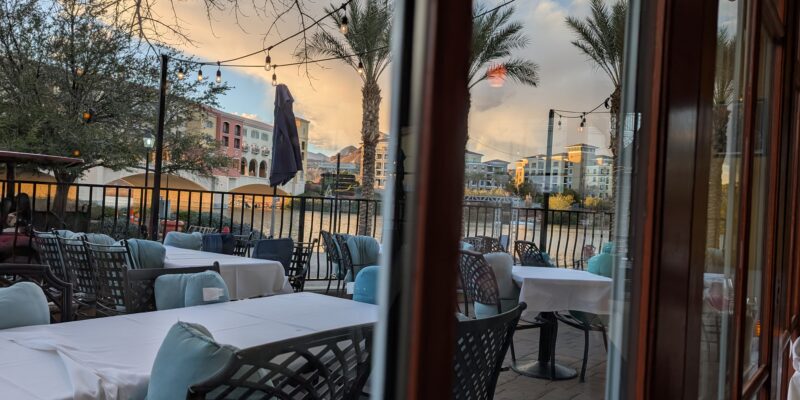
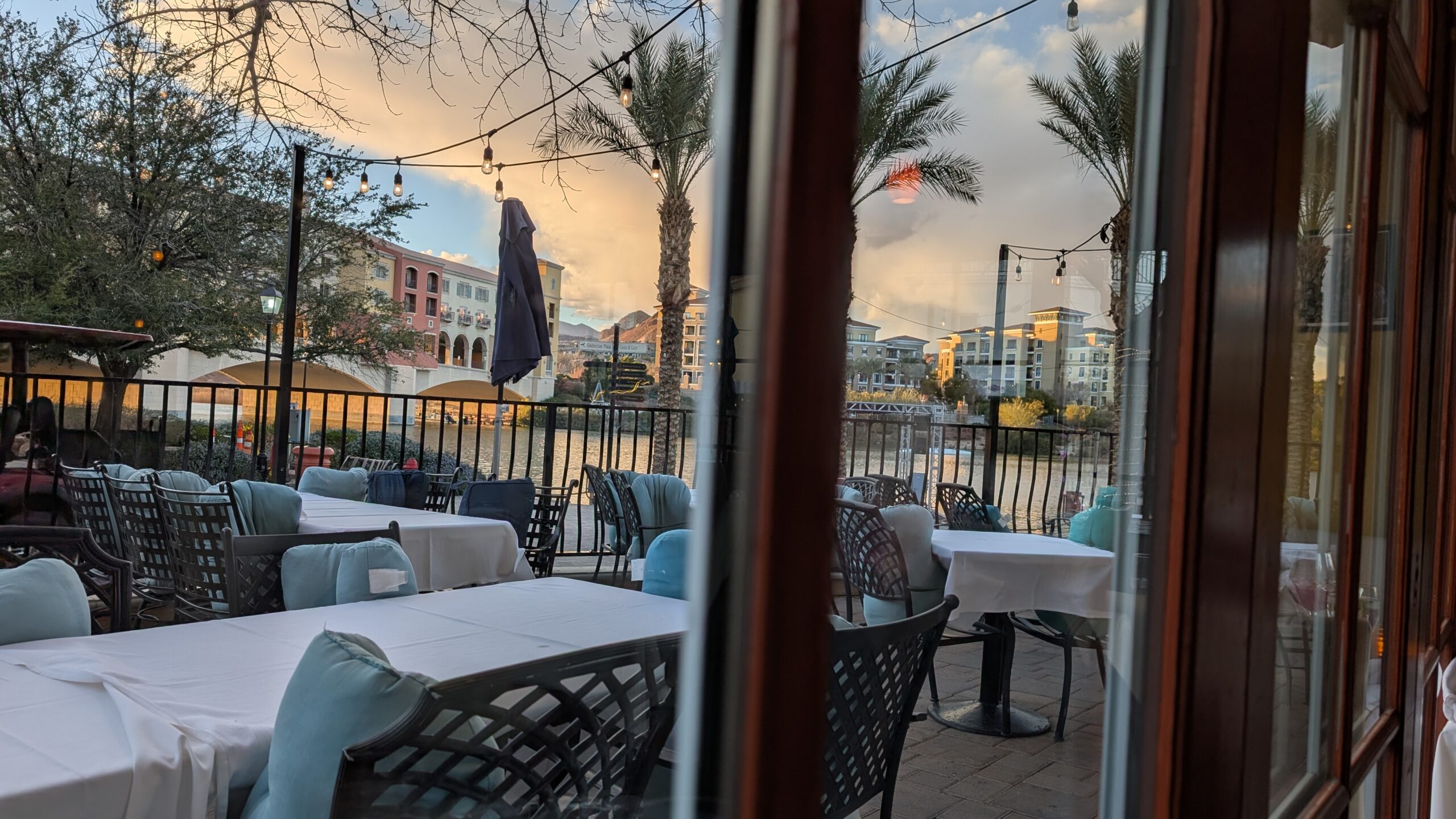
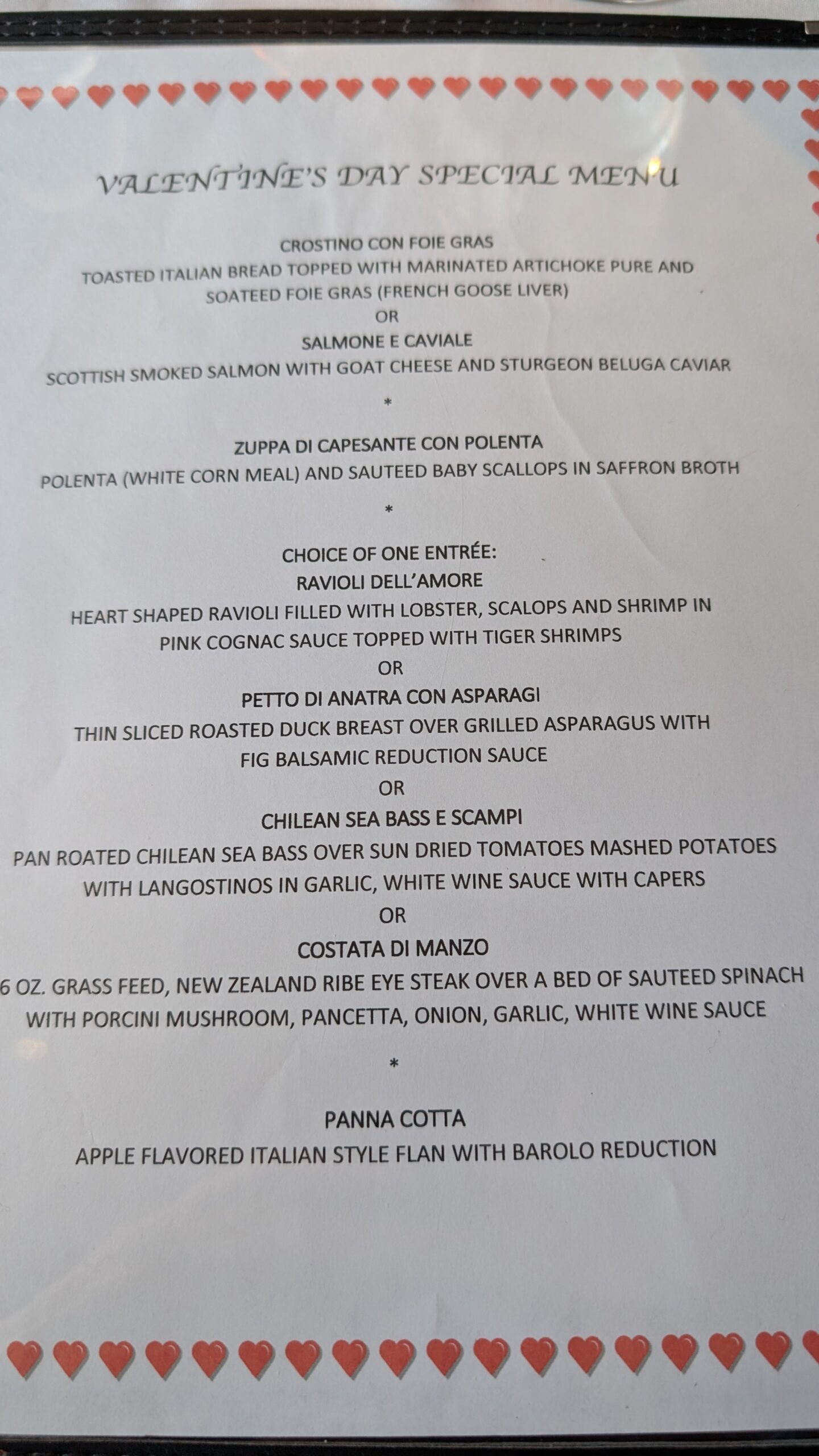

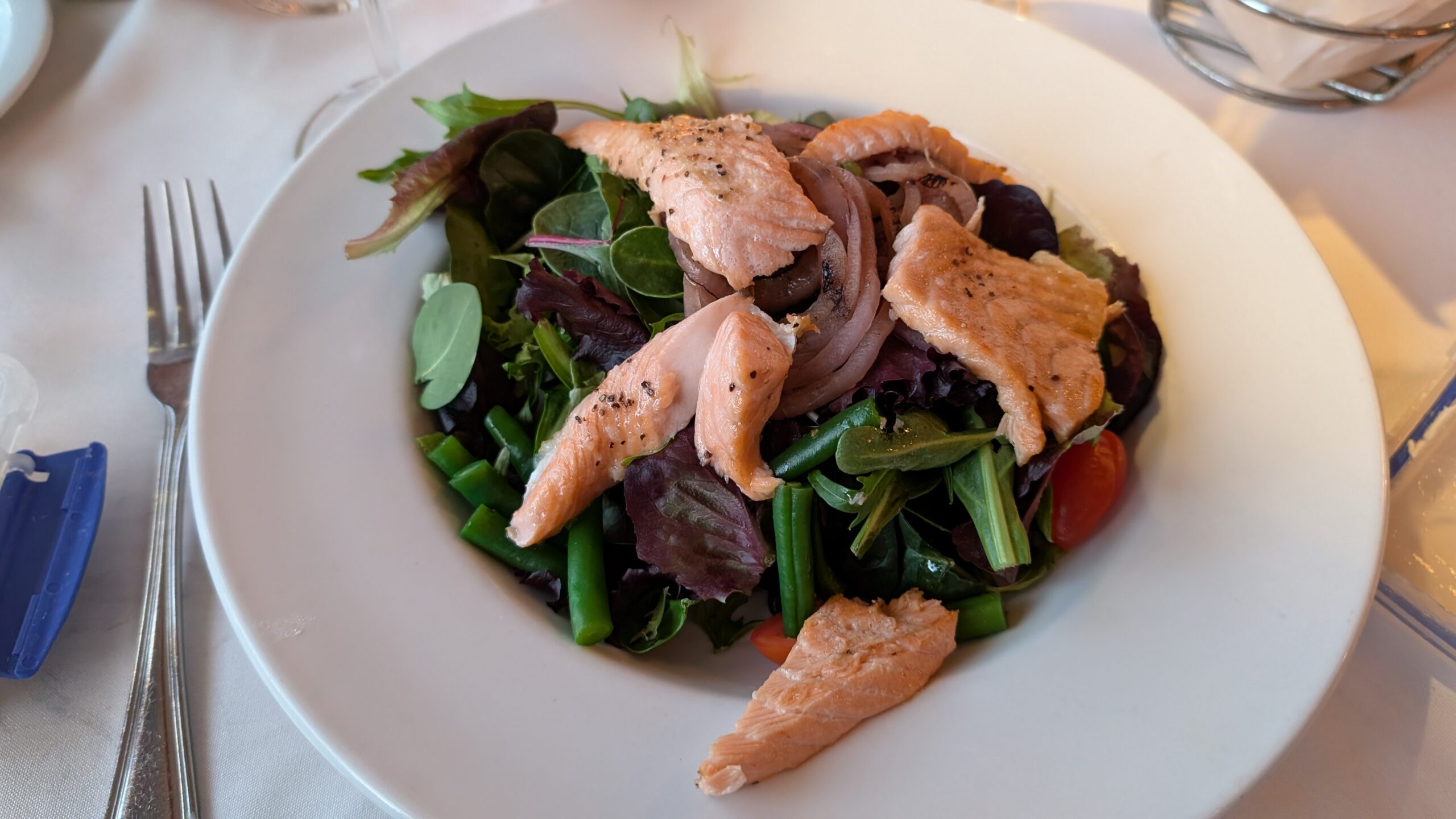
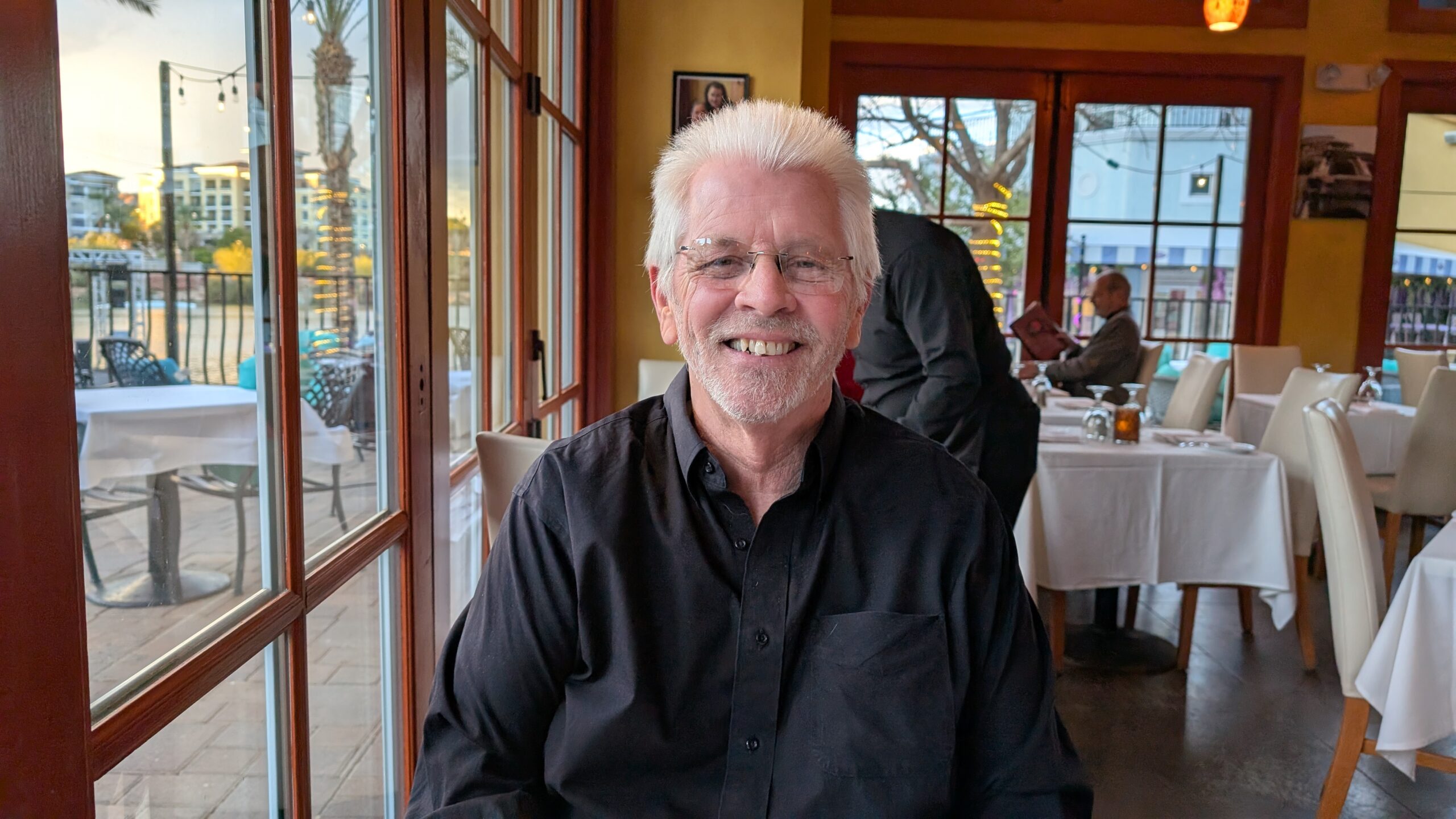
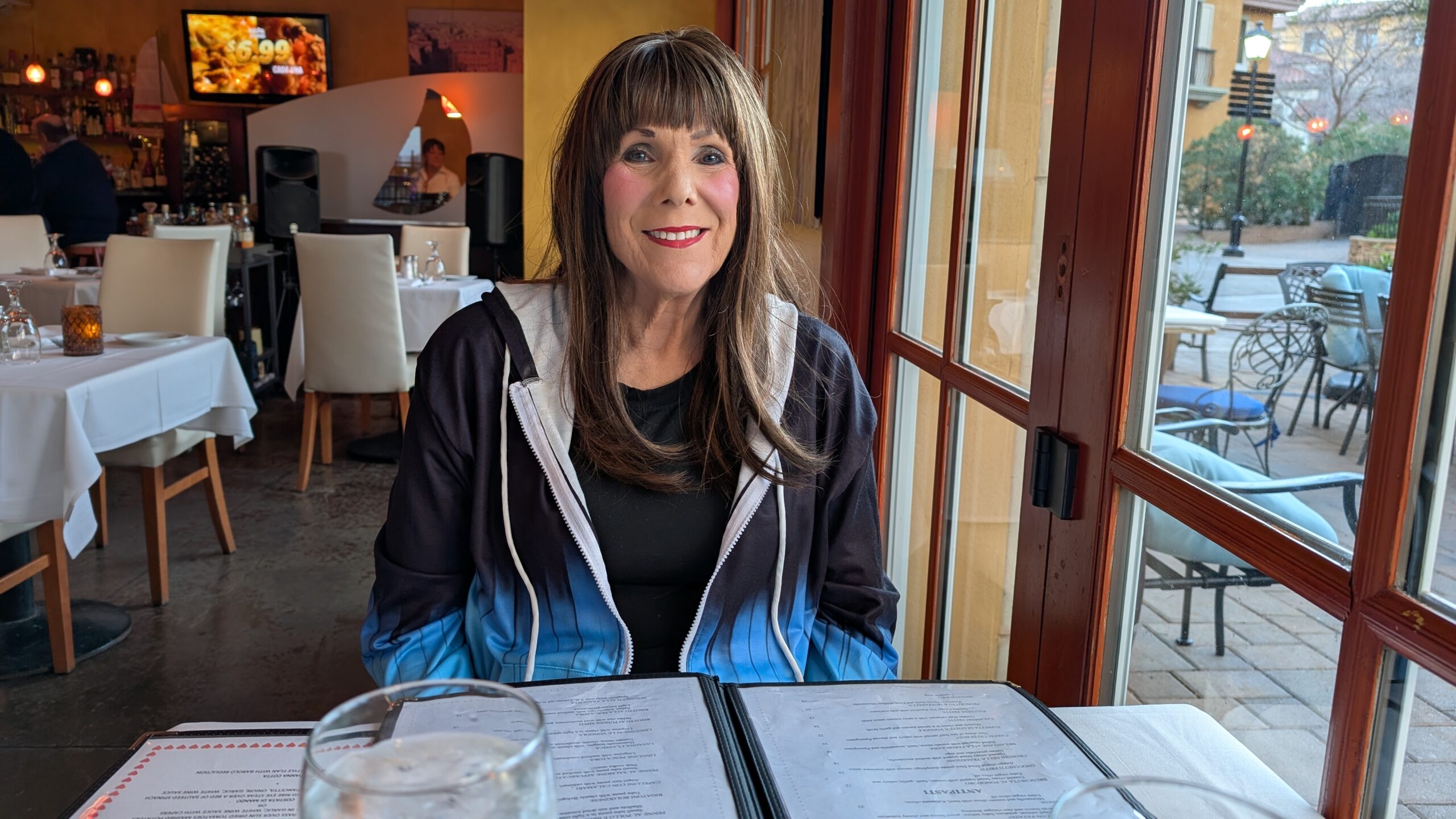

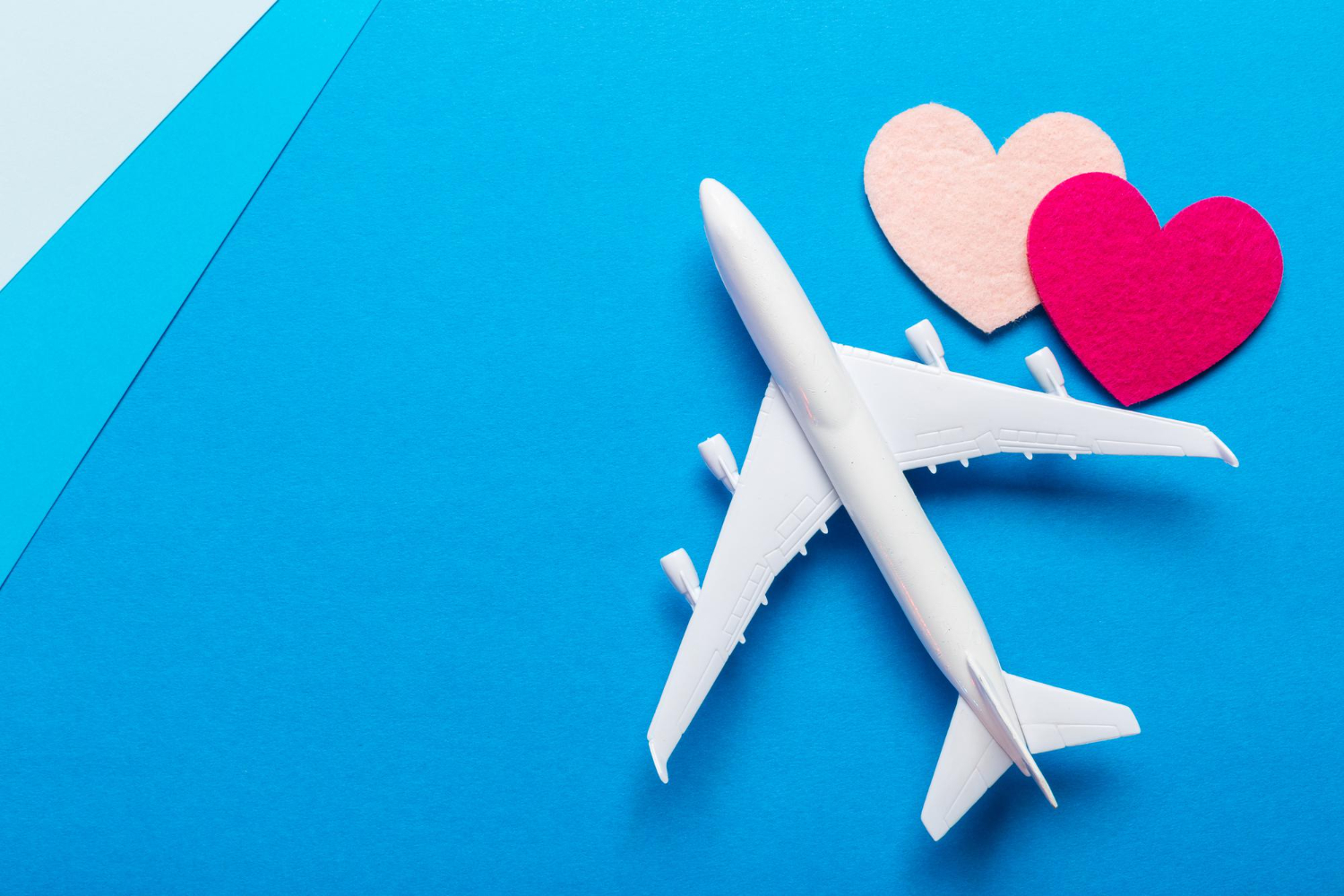
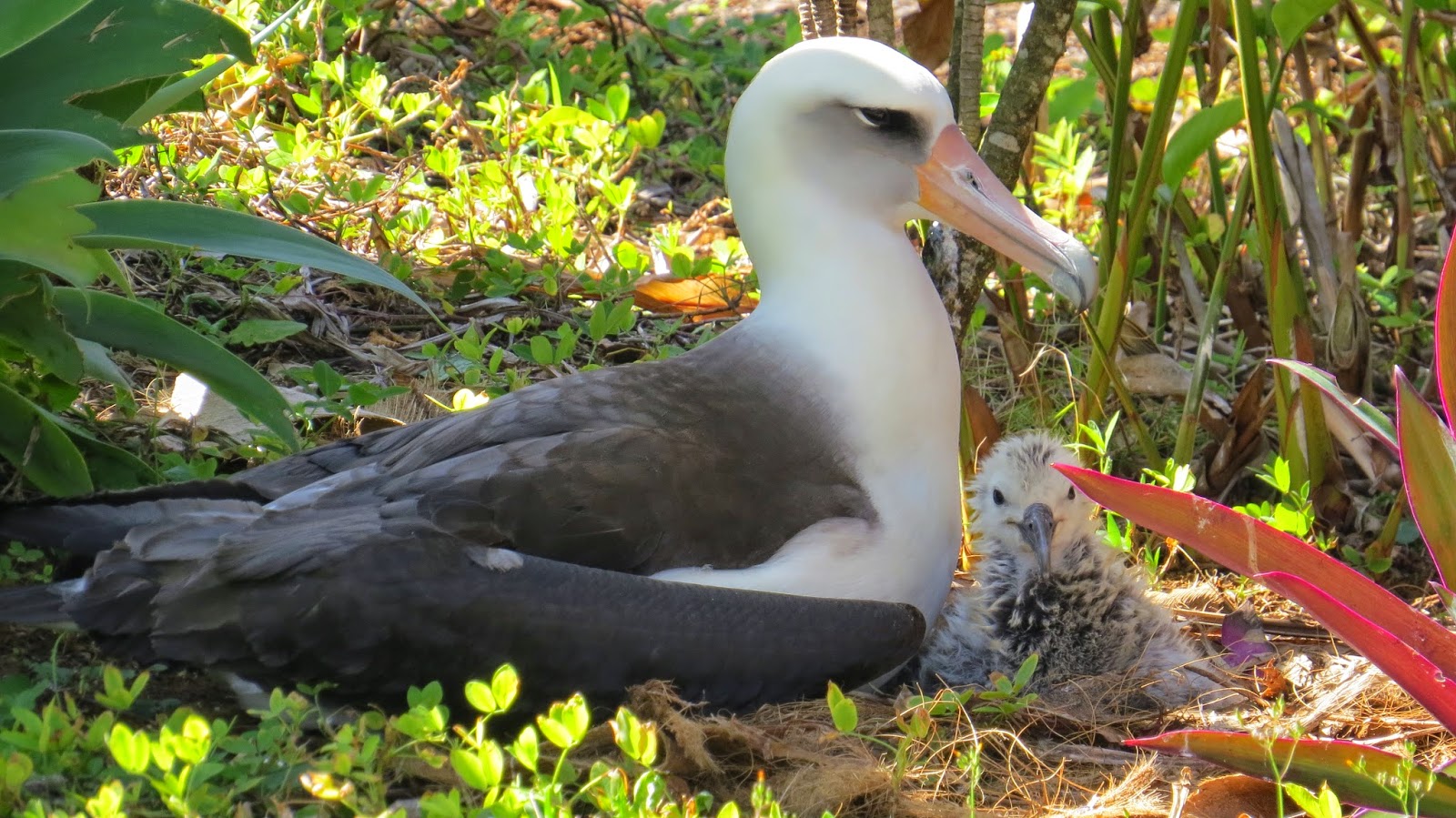












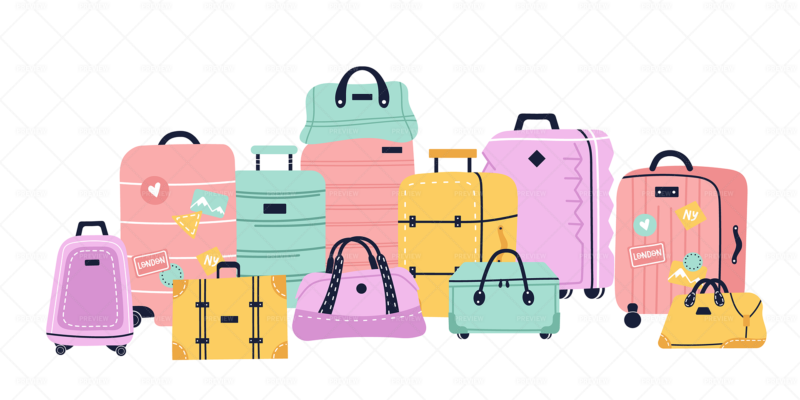
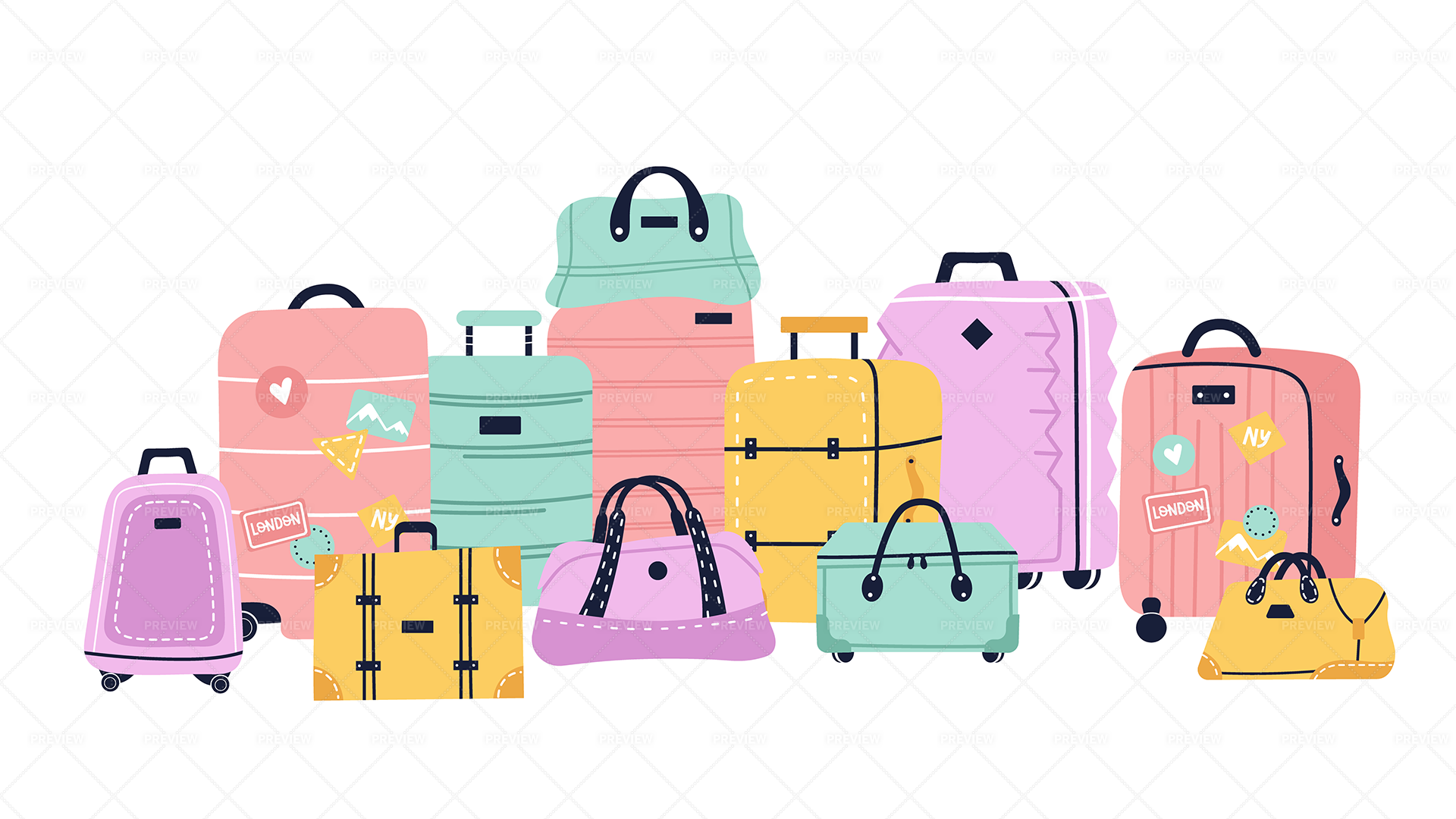 This morning at Travel and Leisure, I stumbled across a great article about luggage brands, which I decided to share at
This morning at Travel and Leisure, I stumbled across a great article about luggage brands, which I decided to share at 